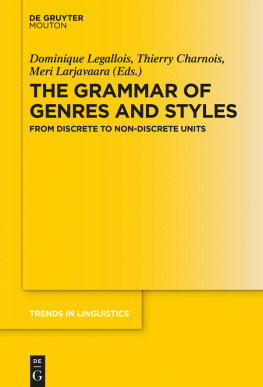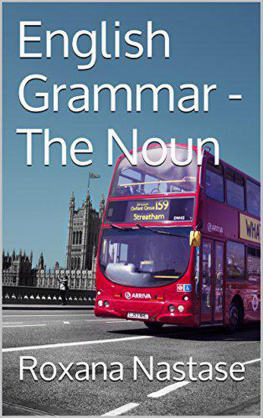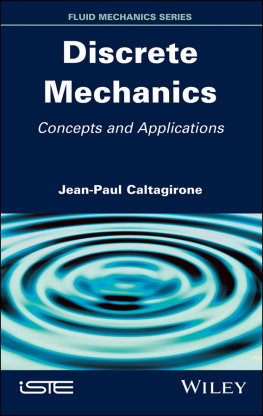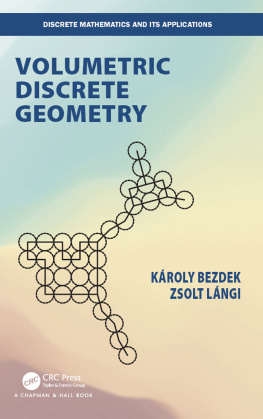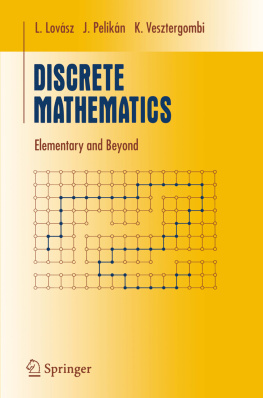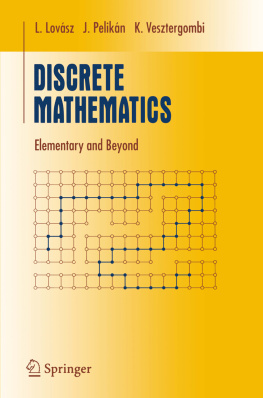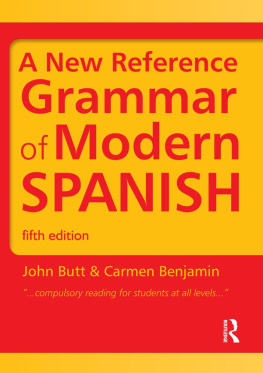Contents
Guide

Dominique Legallois, Thierry Charnois, Meri Larjavaara (Eds.)
The Grammar of Genre and Styles
Trends in Linguistics Studies and Monographs

Editor
Volker Gast
Editorial Board
Walter Bisang
Hans Henrich Hock
Natalia Levshina
Heiko Narrog
Matthias Schlesewsky
Amir Zeldes
Niina Ning Zhang
Editor responsible for this volume
Volker Gast
Volume 320

ISBN 978-3-11-058968-9
e-ISBN (PDF) 978-3-11-059586-4
e-ISBN (EPUB) 978-3-11-059284-9
ISSN 1861-4302
Library of Congress Control Number: 2018009946
Bibliographic information published by the Deutsche Nationalbibliothek
The Deutsche Nationalbibliothek lists this publication in the Deutsche Nationalbibliografie; detailed bibliographic data are available on the Internet at http://dnb.dnb.de.
2018 Walter de Gruyter GmbH, Berlin/Boston
www.degruyter.com
Grammar of genres and styles: an overview
Investigating genres with grammar
In a book that enjoyed some success in the US, the psychologist J. Pennebaker (2011) analyzed the secret life of the most forgettable words , that is to say, grammatical words and their use in speech, arguing that grammatical words and how we use them are indicative of our personalities. The book gives several examples, among which this one: in daily conversations, e-mails, informal conversations and blogs, women use first-person singular pronouns more than men do. The reason is that women, on average, are more self-aware and self-focused than men. On the contrary, men use articles more than women do. Since articles are used with nouns, and especially concrete, highly specific nouns, men talk about objects and things more than women do. The issue here is not to discuss the relevance of such a study or to declare a war of the sexes: Are women more self-focused? Are men more materialistic and trivial? The goal is instead to show, with this reference to a supposedly serious book, that the domain of the analysis of the grammar of textual genres, registers and styles, can be addressed by disciplines other than linguistics. What is more, the reader of the book by Pennebaker can easily check the researchers findings for himself, using his own corpus and the various tools available. In short, ever since the work of Bakhtin, the investigation of genres and registers has expanded considerably in different directions and orientations. The main motivation is obviously understanding the functioning of genres themselves, and their lexical and grammatical content. Lately, however, some studies have been conducted in which genre analysis is an essential parameter for understanding:
syntax and its variation. The distinction here is between a grammar of genres on the one hand, and an analysis of grammar that is genre-based (grammar in genres) on the other hand. Studies that emphasize the latter orientation take a specific phenomenon of syntactic variation as their starting point and examine how its patterns of occurrence can be explained in relation to genre. One can speak of genre effects on syntax (Dorgeloh and Wanner 2010);
sociolinguistic variation. The aim is to analyze the influence of registers and genres on the shape of language forms and on the patterns of language use by groups of complex speech communities (Biber and Finegan 1994);
teaching of grammar. In educational contexts, a genre-based approach to teaching grammar is opposed to naturalistic models of language learning (i.e., considering language as a stand-alone set of rules). A genre-based approach, on the contrary, emphasizes the social constructedness of language, and holds that grammar is a set of resources which varies according to usage (Knapp and Watkins 2005). This applies both to first and to second language learning;
contrastive linguistics, which studies the ways in which linguistic features vary across genres/registers cross-linguistically (Neumann 2014; Lefer and Vogeleer 2016);
text classification in Natural Language Processing (NLP). Automatic classification methods are becoming more and more efficient. Whether it is for the language industry, or for linguistic research, clustering techniques (e.g. factor analysis, Naive Bayes Multinomial Classifier) are used to calculate intertextual distances. They are applied to various issues such as author identification, plagiarism detection, Spam filtering, etc. (Oakes 2014; Fang and Cao 2015).
genre evolution. Distant reading (Moretti 2013) and Macroanalysis (Jockers 2013) reveal, for example, variations of the literary genre during history. The use of data mining and corpus linguistics techniques can help to better understand how a particular genre, but also a cultural and economic category such as the bestseller (Archer and Jockers 2016) develops, not only in terms of the themes it expresses, but also in the linguistic forms (especially grammatical forms) that characterize it.
As one can see, motivations and applications are numerous.
This book is about genres and their grammars, but also about the grammar of style, since some of the chapters study the style of authors, and even the oratory style of characters. It is indeed possible to use the term grammar of styles whenever stable sets of features that characterize a style are identified and described. The link between grammar and style was first put forward by Bakhtin:
One might say that grammar and stylistics converge and diverge in any concrete language phenomenon. If considered only in the language system, it is a grammatical phenomenon, but if considered in the whole of the individual utterance or in a speech genre, it is a stylistic phenomenon. And this is because the speakers very selection of a particular grammatical form is a stylistic act. But these two viewpoints of one and the same specific linguistic phenomenon should not be impervious to one another and should not simply replace one another mechanically. They should be organically combined [] on the basis of the real unity of the language phenomenon. Only a profound understanding of the nature of the utterance and the particular features of speech genres can provide a correct solution to this complex methodological problem. (Bakhtin 1986: 6667).
The present book provides new methods and new findings about the grammar of genres and styles. Since Bibers early studies, multi-dimensional analyses have become increasingly common in many different fields such as linguistics, didactics, or automatic processing. At present, however, new analyses are emerging that draw on these earlier studies, but also propose new methodological solutions.
Goals and motivations
In his foreword to Genres on the Web (Mehler et al. 2010), Martin writes:
As a reader, Im looking for two things from a new book on genre. First, does it offer some new tools for analysing genres; and second, does it explore genres that havent been much studied before? (Martin 2010: V).
We can claim that the present book meets these two criteria: the majority of chapters this was the reason for their selection offer new tools and methods, based on precise empirical studies. This innovative approach is also reflected in the genres studied here, several of which have seldom been examined: social reports on at-risk children, machine-translated texts, theater characters dialogues, texts produced (by a socio-technical device) during visits of tourist attractions, for example. But above all, it is the types of units taken into account which make the originality of this book. These units are of various kinds, but in every chapter the units considered share one essential characteristic: they are non-discrete, that is to say they are sequential or syntagmatic. In fact, the vast majority of previous studies on genres concern units (or descriptors) that can be considered as discrete: generally, they are simple, individual and therefore not syntagmatic. They occur in a distinct temporal or spatial order. They may be lexemes annotated on the basis of semantic characteristics, or grammatical words, or morphosyntactic categories: for example, adverbial subordinators, attributive adjectives, existential there , gerunds, modals, the perfect aspect, nominalizations, first person pronouns, proper nouns, infinitives, punctuation, etc. To this can be added data such as word and sentence length, lexical density, and type-token ratio. Studies that only consider discrete units belong to a paradigmatic approach. The paradigmatic approach rests upon the quantification of morpho-syntactic categories. For instance, in his work on oral discourse in the academic community, Biber (2006) revealed the overuse (in comparison with written discourse) of first person pronouns, evaluative expressions (mental verbs, modal adverbs, etc.), WH-questions, etc. By means of factorization, it is possible to determine a set of properties particular to a specific genre and to find correlations between linguistic features. Needless to say, discrete units are not neglected in this book, as their statistical treatment is highly significant. However, all the chapters insist on the need to also consider, along with discrete units, the units that we call non-discrete. While discrete studies analyze tables of quantified units, non-discrete studies aim to investigate chunks of speech or texts, and in particular three types of units: 1- combinations of linguistic units, that is to say sequential patterns (e.g. lexical bundles, or syntactic schemes); 2- production units (e.g. prosody); 3- relations between units (e.g. reference chains). These non-discrete studies belong to a syntagmatic approach. It is only very recently that researchers have become interested in these units.

